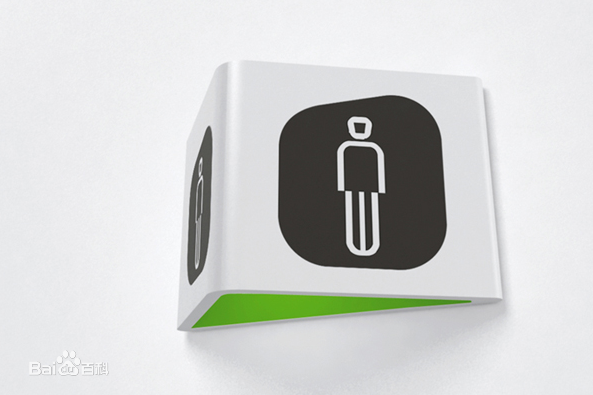The collection and the analysis of kidney stone morphological criteria are essential for an aetiological diagnosis of stone disease. However, in-situ LASER-based fragmentation of urinary stones, which is now the most established chirurgical intervention, may destroy the morphology of the targeted stone. In the current study, we assess the performance and added value of processing complete digital endoscopic video sequences for the automatic recognition of stone morphological features during a standard-of-care intra-operative session. To this end, a computer-aided video classifier was developed to predict in-situ the morphology of stone using an intra-operative digital endoscopic video acquired in a clinical setting. The proposed technique was evaluated on pure (i.e. include one morphology) and mixed (i.e. include at least two morphologies) stones involving "Ia/Calcium Oxalate Monohydrate (COM)", "IIb/ Calcium Oxalate Dihydrate (COD)" and "IIIb/Uric Acid (UA)" morphologies. 71 digital endoscopic videos (50 exhibited only one morphological type and 21 displayed two) were analyzed using the proposed video classifier (56840 frames processed in total). Using the proposed approach, diagnostic performances (averaged over both pure and mixed stone types) were as follows: balanced accuracy=88%, sensitivity=80%, specificity=95%, precision=78% and F1-score=78%. The obtained results demonstrate that AI applied on digital endoscopic video sequences is a promising tool for collecting morphological information during the time-course of the stone fragmentation process without resorting to any human intervention for stone delineation or selection of good quality steady frames. To this end, irrelevant image information must be removed from the prediction process at both frame and pixel levels, which is now feasible thanks to the use of AI-dedicated networks.
翻译:在本次研究中,我们评估了处理完整的数字内分层图像序列的性能和增加值,以便自动识别理疗期间的理疗期间的石质形态特征。为此,开发了一个计算机辅助的视频精度分类器,以便利用在临床环境中获得的、以LASER为基础的尿质石块碎裂,这是现在最成熟的手动干预性干预性干预。在目前的研究中,我们评估了处理完整的数字内分层石石石形态特征的性能和增加值,以便在护理期间的操作期间自动识别石块形态特征。为此,开发了一个计算机辅助的精度分类器,以便利用在临床环境中获得的操作性能变异性数字内变异性数据网络来预测石块的形态。 拟议的技术在纯度(即包括一种形态学)和混合(至少包括两种形态变异性能序列),“Ia/Calciate Oxalate Didryalate (COD) 和“IIIb/Uric 底酸 (UA) ) 的精度精确度分析过程,在临床-Oral lial II-lial-lial-lial-lial-lieval-lial lial lial lial lial lial eal roal lial lives-deal eal listeal lives lives 和在21 期间只 II II II i II lippal-li i i li li 和 II lival lives算法 II演算法 i i 和 II II II 和 II II II II II II II 和 II II II II 和 II II II II II II II 和 II II II II II II II II II 和 II II II II II II-s II II II II II II II II II 和 MA II II II-s II II II MA II II II II II II II II II II









